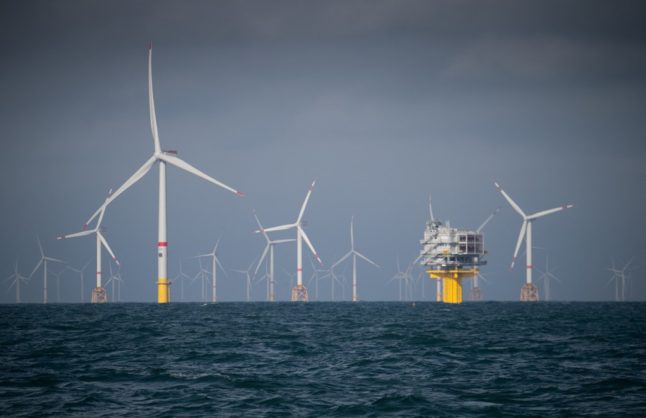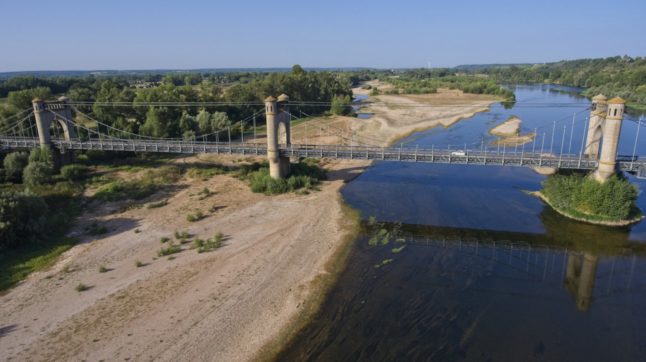“The Saint-Nazaire offshore wind farm produced the first megawatt hours from French offshore wind,” said the consortium owning the park and grid operator RTE in a statement.
The Saint-Nazaire offshore park, the first in France to come into service, will eventually have 80 wind turbines, which will be gradually installed by the end of the year. To date, 27 wind turbines have been installed since April.
More offshore windfarms are due to come on stream in the months ahead at Fécamp (Seine-Maritime), which is expected to be operational early next year, followed by installations at Saint-Brieuc (Côtes-d’Armor) and Courseulles-sur-Mer (Calvados).
Europe is the world leader in offshore wind power, but France is lagging well behind much of the field. The UK had the largest offshore generation capacity in 2020, followed by China and Germany, while the first offshore windfarm was installed off the coast of Denmark in 1991.
France has plenty of wind turbines on land – a form of energy that Emmanuel Macron backed during debates before the presidential election when his far-right opponant Marine Le Pen pledged to end all new wind farms and dismantle existing ones.
In an interview with local media last week Macron insisted that France would not be exposed to power outages next winter, despite the fact that many of the country’s nuclear reactors are currently offline for safety reasons. In May, 27 of the country’s 56 nuclear reactors were shut down.
“When we need to, we will get supplies from the European market,” Macron said in an interview published by a number of regional newspapers, despite the tension on European energy market following Russia’s invasion of Ukraine.
Thomas Pellerin-Carlin, director of the Energy Center of the Jacques-Delors Institute, added: “To say that there is no risk of a power cut in winter is almost always factually false. Especially since 2022 is likely to be the lowest year for nuclear generated power in decades.”
Grid operator RTE warned, in a 2021 report, that France would be at a ‘low point’ in terms of electricity supply security until 2024 because of the “lower availability of the nuclear fleet and the closure of the last coal-fired power stations”.
Meanwhile, importing electricity is a limited option. “We have 13 gigawatts (GW) interconnection with our neighbours. We are limited by physics, we cannot import more ,” Goldberg said. “Last year, we needed almost all of our imports. This winter, that might not be enough.”
Last year, France quietly relaxed restrictions on the maximum number of operational hours for its remaining coal-fired power stations. Today, the only one still producing power is Cordemais, in Loire-Atlantique, after Saint-Avold, in Moselle was shutdown in March. It could be reopened, if necessary, to supplement the power grid in time for the winter.
RTE could also introduce a number of measures to avoid general powercuts, experts have said. It could pay industrial customers to shut down power to their sites to ease the pressure on the entire network. It could reduce power to the entire network to reduce consumption, or it could introduce rotating load-shedding, by cutting power to certain areas for up to two hours per day in the morning or early evening.



 Please whitelist us to continue reading.
Please whitelist us to continue reading.
Member comments